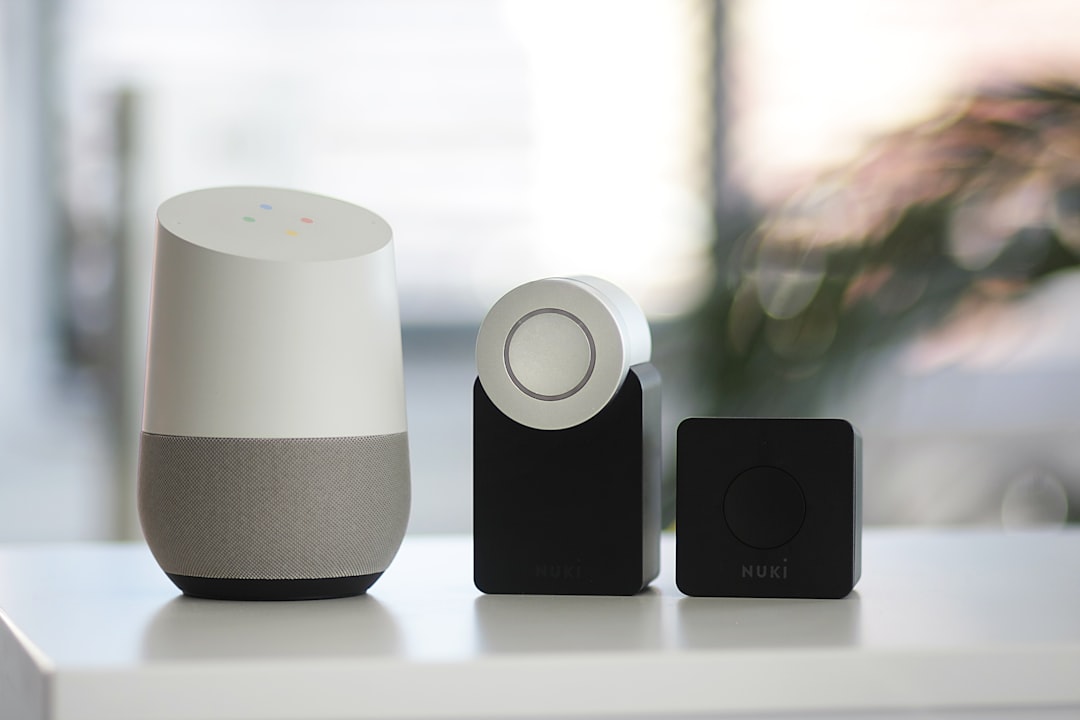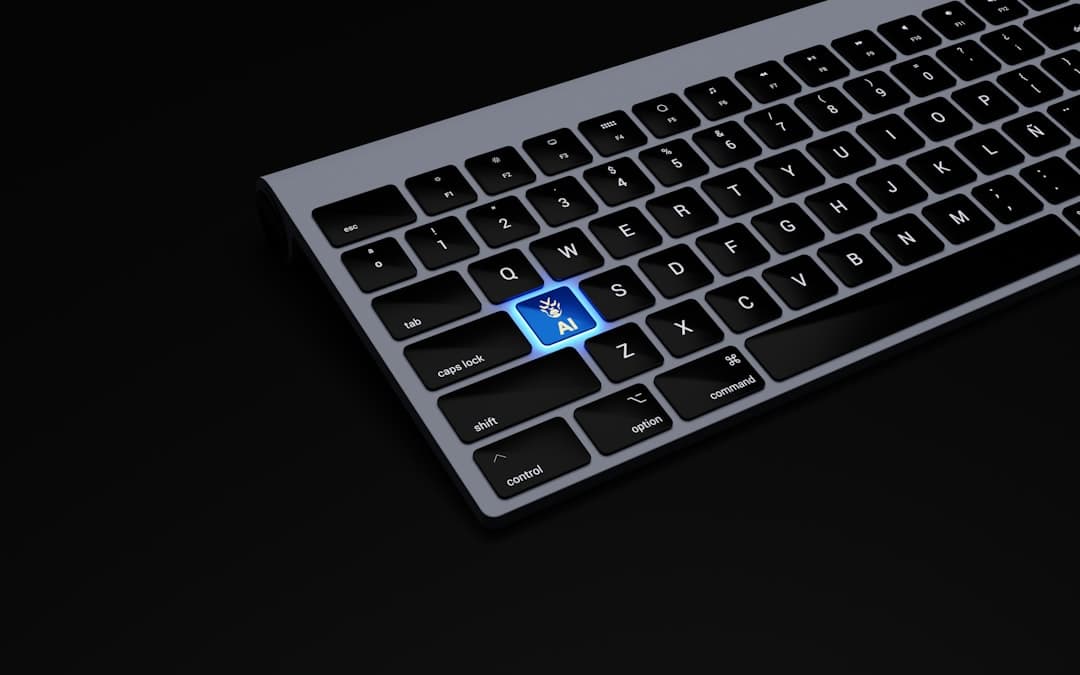Fitbit has emerged as a pioneering force in the realm of wearable technology, specifically designed to enhance personal health and fitness. At its core, Fitbit is a brand of fitness trackers that monitor various aspects of physical activity, health metrics, and overall wellness. These devices come equipped with an array of sensors that collect data on steps taken, distance traveled, calories burned, and even sleep patterns.
The information gathered is then synced to a companion app on your smartphone or computer, allowing users to visualize their progress and make informed decisions about their health. The technology behind Fitbit is both sophisticated and user-friendly. Each device typically features an accelerometer that detects movement, a heart rate monitor that tracks your pulse, and sometimes even GPS capabilities for outdoor activities.
The data collected is processed and presented in an intuitive format, making it easy for users to understand their activity levels and health metrics. With a focus on promoting an active lifestyle, Fitbit encourages users to set personal goals and provides insights that can lead to healthier habits. As a result, it has become a staple for fitness enthusiasts and casual users alike, bridging the gap between technology and personal health management.
Key Takeaways
- Fitbit is a wearable device that tracks your activity levels, workouts, sleep, and heart rate to help you monitor and improve your overall wellness.
- Fitbit uses sensors to monitor your steps, distance, calories burned, and active minutes, providing real-time feedback on your daily activity levels.
- Fitbit can also track your sleep patterns, heart rate, and overall wellness, providing insights and recommendations to help you manage your health more effectively.
- Fitbit allows you to set personalized goals, track your progress, and stay motivated with reminders and celebrations for reaching milestones.
- Fitbit integrates with your daily routine and other health apps, making it easy to incorporate into your lifestyle and track your overall health and fitness more comprehensively.
Tracking your fitness: How Fitbit monitors your activity levels and workouts
Accurate Workout Tracking
Whether you’re walking, running, cycling, or engaging in strength training, Fitbit can log your workouts with impressive accuracy.
Real-Time Feedback and Customized Exercise Modes
This real-time feedback allows users to adjust their routines on the fly, ensuring they are maximizing their efforts during each session. Moreover, Fitbit offers various exercise modes tAIlored to specific activities. Users can select from options like running, swimming, or yoga, which enables the device to provide more precise metrics relevant to that particular workout.
Enhanced User Experience and Fitness Insights
For instance, when swimming, the device can track laps and strokes, while during a run, it can measure pace and elevation changes. This level of detail not only enhances the user experience but also fosters a deeper understanding of one’s fitness journey. By consistently monitoring activity levels, Fitbit empowers users to push their limits and achieve their fitness goals.
Managing your health: Using Fitbit to monitor your sleep, heart rate, and overall wellness

Beyond tracking physical activity, Fitbit excels in monitoring vital health metrics that contribute to overall wellness. One of the most significant features is its sleep tracking capability. By analyzing movement patterns during the night, Fitbit can provide insights into sleep quality, duration, and stages of sleep—light, deep, and REM.
This information is invaluable for users looking to improve their sleep hygiene and understand how their daily habits affect their rest. In addition to sleep tracking, Fitbit devices are equipped with heart rate monitors that continuously measure your pulse throughout the day. This feature allows users to gauge their heart rate during workouts and at rest, providing insights into cardiovascular health.
By monitoring heart rate variability (HRV), users can also assess their stress levels and recovery status after intense workouts. The combination of sleep and heart rate data creates a comprehensive picture of one’s health, enabling users to make informed lifestyle choices that promote overall well-being.
Setting goals and staying motivated: Utilizing Fitbit’s goal-setting and progress tracking features
| Metrics | Details |
|---|---|
| Steps Goal | Set a daily steps goal to stay active |
| Calories Burned | Track the calories you’ve burned throughout the day |
| Active Minutes | Set a goal for active minutes to keep moving |
| Distance Traveled | Monitor the distance you’ve traveled during the day |
| Weight Goal | Set a target weight and track your progress |
Goal-setting is a fundamental aspect of the Fitbit experience. The platform encourages users to establish personalized fitness goals based on their individual needs and aspirations. Whether it’s aiming for a specific number of steps per day or targeting a certain weight loss milestone, Fitbit provides the tools necessary to track progress over time.
Users can set daily or weekly targets and receive notifications when they are close to achieving them, fostering a sense of accomplishment. To further enhance motivation, Fitbit incorporates gamification elements into its app. Users can earn badges for reaching milestones or completing challenges, which adds an element of fun to the fitness journey.
Additionally, the app allows for progress tracking through visual graphs and statistics that illustrate improvements over time. This combination of goal-setting and progress visualization not only keeps users engaged but also instills a sense of accountability that can be crucial for long-term success.
Syncing with your lifestyle: How Fitbit integrates with your daily routine and other health apps
Fitbit’s versatility extends beyond its standalone capabilities; it seamlessly integrates with various aspects of daily life and other health applications. The companion app allows users to sync their data across multiple devices, ensuring that they have access to their health metrics wherever they go. This connectivity means that whether you’re at home or on the move, you can easily check your progress and make adjustments as needed.
Moreover, Fitbit is compatible with numerous third-party health apps such as MyFitnessPal and Strava. This integration allows users to log food intake or track specific workouts without having to switch between different platforms. By consolidating health data in one place, users can gain a holistic view of their wellness journey.
This interconnectedness not only simplifies the process of tracking health metrics but also enhances the overall user experience by providing comprehensive insights into lifestyle habits.

Connecting with Others
The platform allows individuals to connect with friends and family members who also use Fitbit devices. This social interaction can be incredibly motivating; users can share their achievements, challenge each other to step competitions, or simply encourage one another along their fitness journeys.
Fitbit Challenges
Fitbit challenges are particularly popular among users looking for a little extra motivation. These challenges can range from daily step contests to longer-term fitness goals that require teamwork or friendly competition. By participating in these challenges, users not only stay accountable but also build camaraderie with others who share similar health aspirations.
This social aspect transforms fitness from a solitary endeavor into a shared experience, making it more enjoyable and sustainable in the long run.
Fitbit for weight management: Using Fitbit to track your food intake and manage your weight
Weight management is another critical area where Fitbit shines. The platform includes features that allow users to log their food intake easily. By tracking calories consumed alongside calories burned through physical activity, users can gain valuable insights into their dietary habits and make informed choices about nutrition.
The app provides a database of foods and meals, making it simple to input what you eat throughout the day. Additionally, Fitbit offers personalized recommendations based on individual goals—whether it’s weight loss, maintenance, or muscle gain. Users can set calorie targets that align with their objectives and receive feedback on their progress over time.
This comprehensive approach to weight management empowers individuals to take control of their eating habits while complementing their fitness routines. By combining activity tracking with dietary monitoring, Fitbit provides a holistic solution for those looking to achieve their weight management goals.
The future of Fitbit: What’s next for this popular health and fitness tool
As we look ahead, the future of Fitbit appears promising as technology continues to evolve at an unprecedented pace. With advancements in artificial intelligence and machine learning, we can expect even more personalized insights tailored to individual users’ needs. Future iterations of Fitbit devices may incorporate advanced biometric sensors capable of measuring additional health metrics such as blood glucose levels or hydration status—further enhancing the platform’s ability to provide comprehensive health monitoring.
Moreover, as wearable technology becomes increasingly integrated into everyday life, we may see more collaborations between Fitbit and healthcare providers or insurance companies aimed at promoting preventive care through data-driven insights. This could lead to innovative programs that reward users for maintaining healthy habits or achieving specific wellness milestones. Ultimately, as Fitbit continues to innovate and adapt to changing consumer needs, it will likely remain at the forefront of the health and fitness technology landscape for years to come.











Leave a Reply